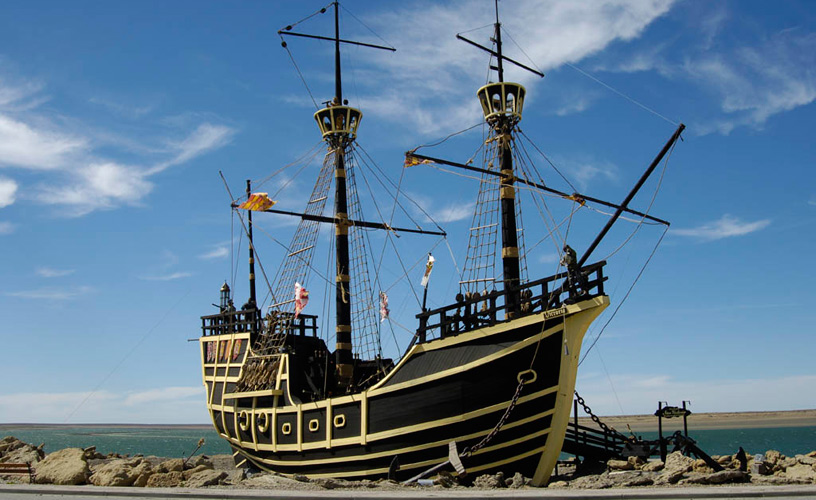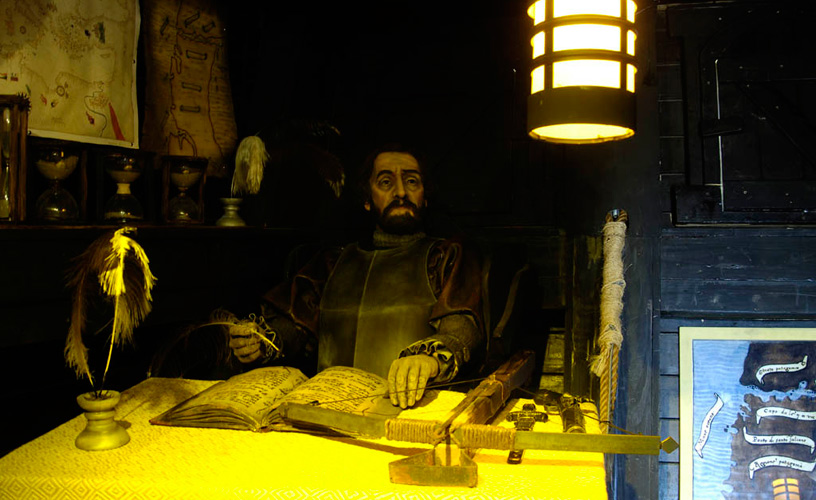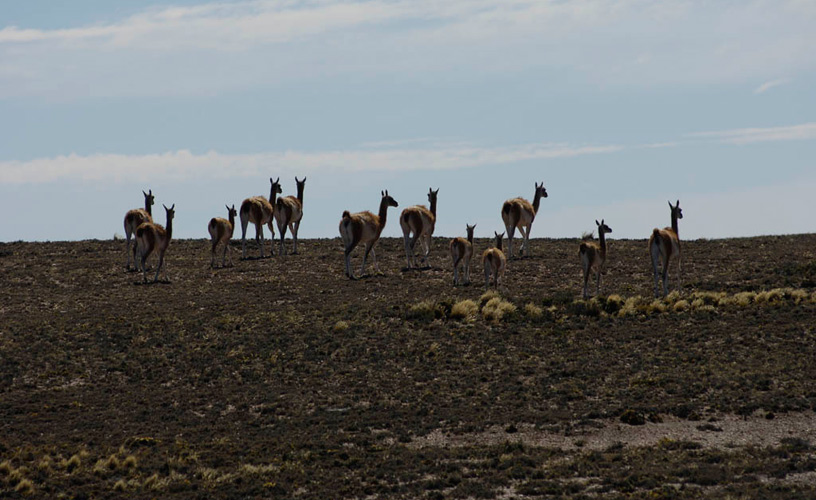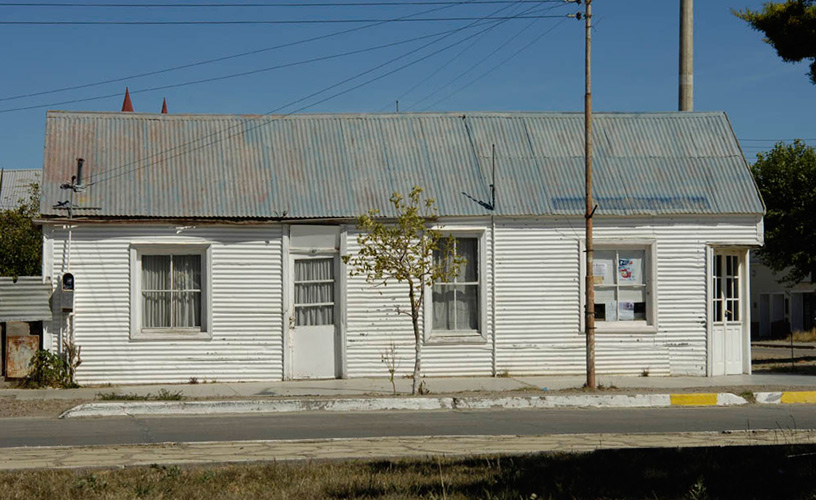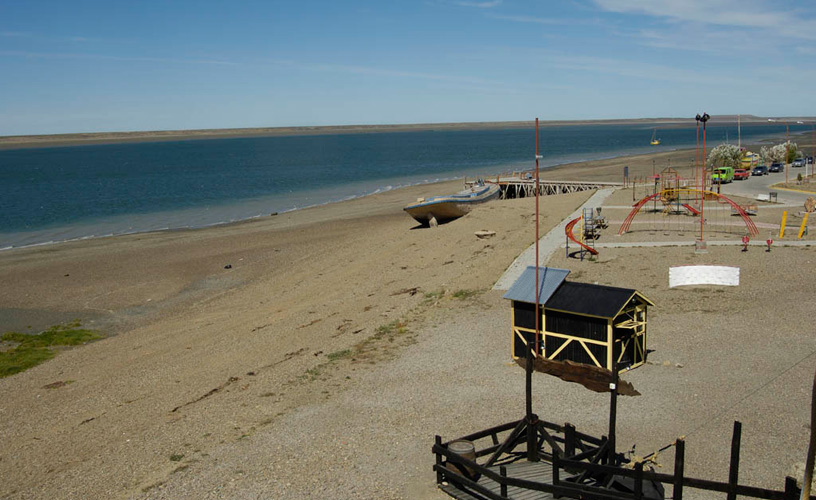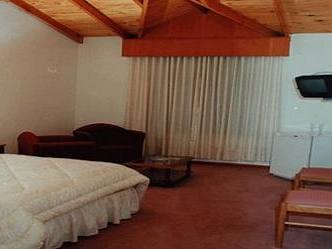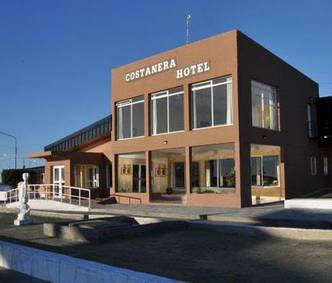It was a nice fresh spring afternoon and we wished to enjoy the sea from its shores. We went for a drive along the zigzagging geography of National Route 3 from Puerto San Julián towards the north.
A series of fantastic beaches was combined with large cliffs in a kind of romance between the land and the sea. One of the beaches caught our eye. It was called Los Caracoles (the Seashells), and we stepped on thousands of them as we walked. Punta Cantera and Cabo Curioso are ample beaches usually visited by the denizens of San Julián. They lie 15 kilometers away and feature a lighthouse and an incredible red-legged cormorant colony.
We crossed that natural terrace over the sea till we got to La Lobería, a South American sea lion colony where lovers of sea fauna may take advantage of this cliff. La Mina Beach is the favorite among lovers of nautical sports and fishing and it is named after an old coal mine that used to operate in this area.
During the tour, we could also appreciate the beaches called Drake and Garganta del Diablo (Devil's Throat). As we returned to San Julián, we learned that a mini hiking tour that takes two hours along the coast leads adventurers to watch the sea birds.
Sea Foam and Secrets from the Past
150 kilometers away from San Julián, an archeological site known as La María is open to visitors and gives evidence of the geologic changes Patagonia experienced thousands of years ago.
This interesting tour features deep ravines, high plateaus and huge rocks with volcanic sediments of unusual colors and textures. The eighty-four caves located in the area display vestiges of cave paintings made by the Casapedrense culture 12,600 years ago.
Human figures, hands, felines and some abstract representations that show the daily life of hunters and fishers may be observed. The outstanding aspect of this archeological site is the polychromatic features of its paintings. They are located inside a private estancia called La María, where visitors may stay at a lodge that includes meals or at a camping site. Typical dishes from Santa Cruz may be enjoyed at the venue.
There was still another interesting icon to visit in town: the Sea Art and Regional Museum. It displays the local heritage and petrified anthropological and archeological pieces. An ancient house featuring Magellanic architectural style has been the venue for this museum every since 1972.
At this location, visitors may admire the remains of the Spanish settlement called Nueva Colonia Floridablanca, the Pioneer's Room and Luisa Gimata Room, with daily objects used by ancient denizens, as well as pieces recovered from archeological sites.
In a few hours, Puerto San Julián let us see its priceless beauty and anecdotes.
Mónica Pons
Palmiro Bedeschi
